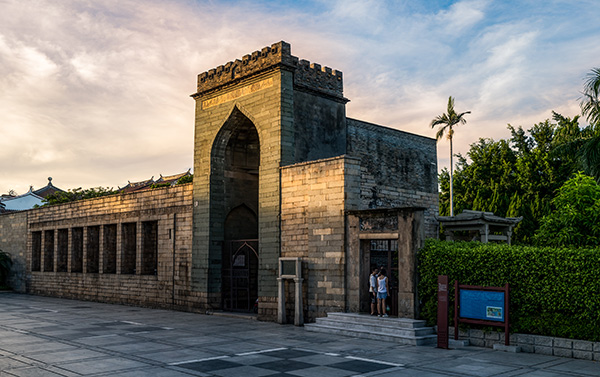 |
|
The Qingjing Mosque in Quanzhou, Fujian province, was built by Arab traders during the Song Dynasty (960-1279).[Photo provided to China Daily] |
A Tsinghua professor discusses the value of exchanges to such realms as cultural communication, heritage preservation and innovation, Fang Aiqing reports.
Cultural exchanges and fusion have produced creative thinking and sustainable development, Lyu Zhou said during a session at the Conference on Dialogue of Asian Civilizations in Beijing on May 15. The Tsinghua University architecture professor adds that it's an important starting point to discuss exchanges of Asian cultures and civilizations.
He was speaking at a session titled Safeguarding the Diversity of Asian Civilizations held by the Ministry of Education and UNESCO.
Quanzhou in East China's Fujian province is a notable hub of the ancient Maritime Silk Road and has been a rendezvous point for religious cultures, including Buddhism, Hinduism, Islam and Manicheism.
Lyu says the city's Manichean statue is the only one in the world. He points to it as an example of innovative development brought about by cultural exchanges.
He calls for greater support for the application of the Historic Monuments and Sites of Ancient Quanzhou (Zayton) for UNESCO World Heritage listing in a year or two.